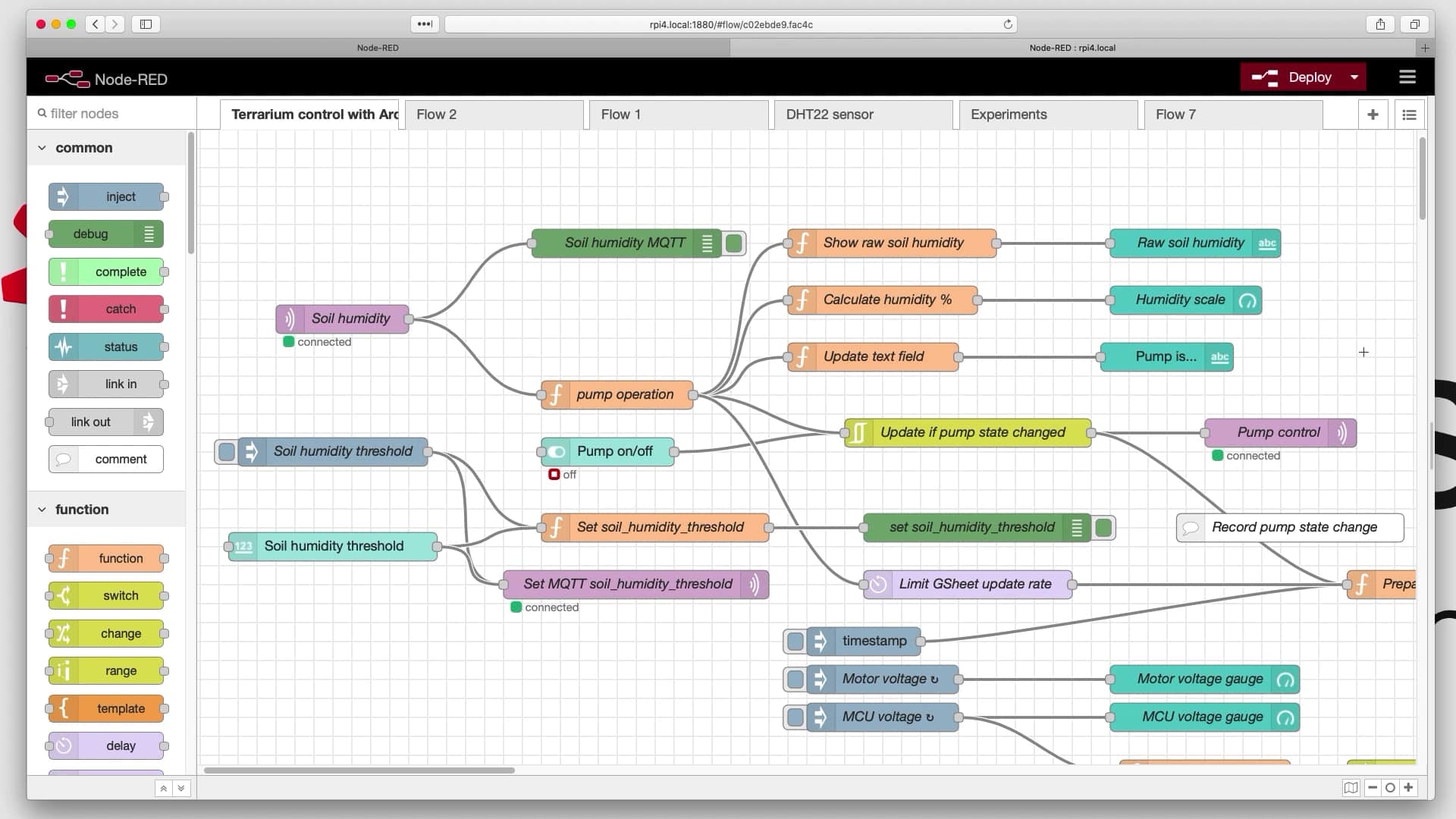The Rise of Node-RED in the Node Revolution
 DensTechDen
DensTechDen
Node-RED is an open-source programming tool for connecting hardware devices, APIs, and online services. It was developed by IBM in 2013 and released as an open-source project. The tool is built on Node.js and uses a visual programming interface based on nodes and flows, making it simple and intuitive for users to create complex flows without writing code. Node-RED has grown into a thriving community of developers and users and is now used in a wide range of applications such as home automation, IoT, business process automation, and data integration. Over the years, it has received significant contributions and continues to evolve and expand with new features and capabilities, making it a powerful and versatile tool for connecting devices, services, and data.
Benefits of Node-based workflows.
Node-based workflows (e.g. Node-RED, Davinci Resolve) have several benefits compared to layer-based workflows:
Flexibility: Anode-based workflows offer more flexibility as they allow users to modify the processing flow by adding, removing, or rearranging nodes as needed.
Visualization: Anode-based workflows provide a visual representation of the processing flow, making it easier to understand and debug.
Reusability: Nodes in anode-based workflows can be reused across different projects, reducing the time and effort needed for repetitive tasks.
Concurrent processing: Anode-based workflows can handle concurrent processing of multiple tasks, improving efficiency.
Collaboration: Anode-based workflows facilitate collaboration as multiple users can work on different parts of a project simultaneously.
Scalability: Anode-based workflows are more scalable than layer-based workflows as they can be easily expanded or contracted to handle larger or smaller projects.
Overall, node-based workflows offer a more efficient, flexible, and visual approach to processing and managing data compared to layer-based workflows.
Benefits of Node-RED in Home Assistant
Node-RED is a visual programming tool for connecting devices, services, and data. Here are some of the benefits of using Node-RED:
Intuitive and user-friendly: Node-RED provides a visual programming interface that is easy to use and understand, making it a great option for those with limited programming experience.
Fast prototyping: Node-RED allows users to quickly and easily create prototypes of their applications, reducing the time and effort needed to bring their ideas to life.
Easy integration: Node-RED makes it simple to integrate different devices, services, and data sources, allowing users to easily connect and exchange data between them.
Large community: Node-RED has a large and active community of developers and users who share resources, code, and support, making it easier to find solutions to problems and get help when needed.
Versatile: Node-RED can be used for a wide range of applications, from home automation and Internet of Things (IoT) to business process automation and data integration.
Open source: Node-RED is open source software, meaning that it is free to use and can be modified and distributed by anyone. This makes it a cost-effective option for many projects.
Scalability: Node-RED is designed to be scalable, allowing users to easily expand their applications as their needs change.
Subscribe to my newsletter
Read articles from DensTechDen directly inside your inbox. Subscribe to the newsletter, and don't miss out.
Written by
